Portugal’s coastline tells its stories through tiny fishing villages and hidden beach towns that most tourists never find. While travelers crowd into Lisbon and Porto, these small stops along the railroad tracks hide some of the country’s most authentic experiences. The train journey itself becomes part of the adventure, winding along Atlantic cliffs and through centuries of maritime history.
Let’s explore some remarkable villages where local life still moves to the rhythm of fishing boats and church bells. Pack light, grab your train ticket, and get ready to discover Portugal’s coast one stop at a time.
Cascais
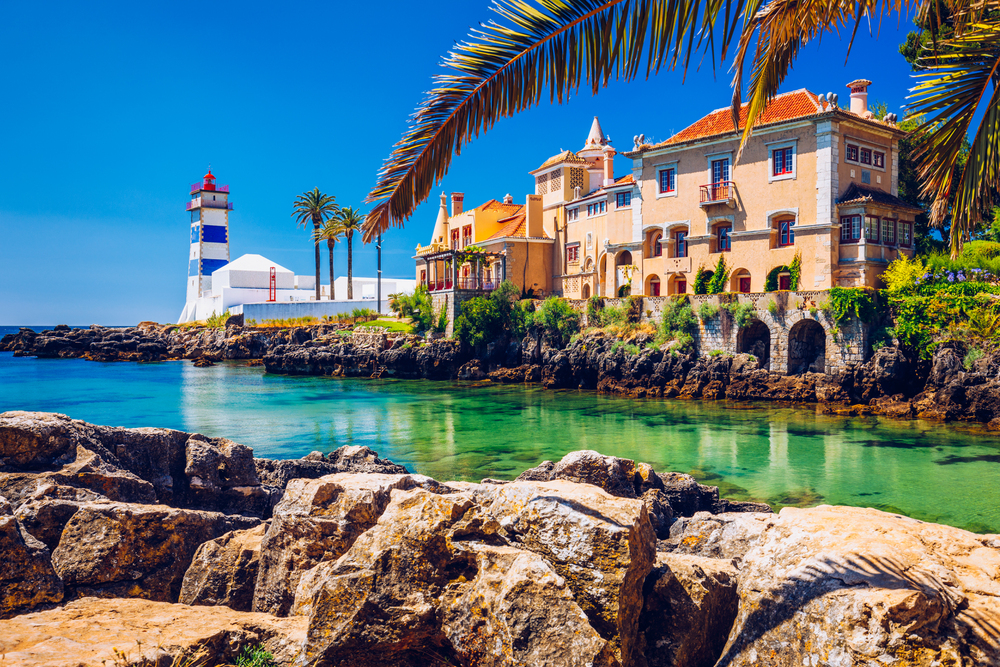
Just outside Lisbon, this former fishing village turned royal resort sets the perfect tone for your journey. Colorful boats still bob in the harbor while palatial summer homes tell tales of Portugal’s golden age.
The morning fish market bustles with activity as locals debate the day’s best catch, while narrow streets lead to hidden beaches perfect for afternoon swims. Local restaurants serve fresh seafood at prices that remind you you’re not in the capital anymore.
Nazaré
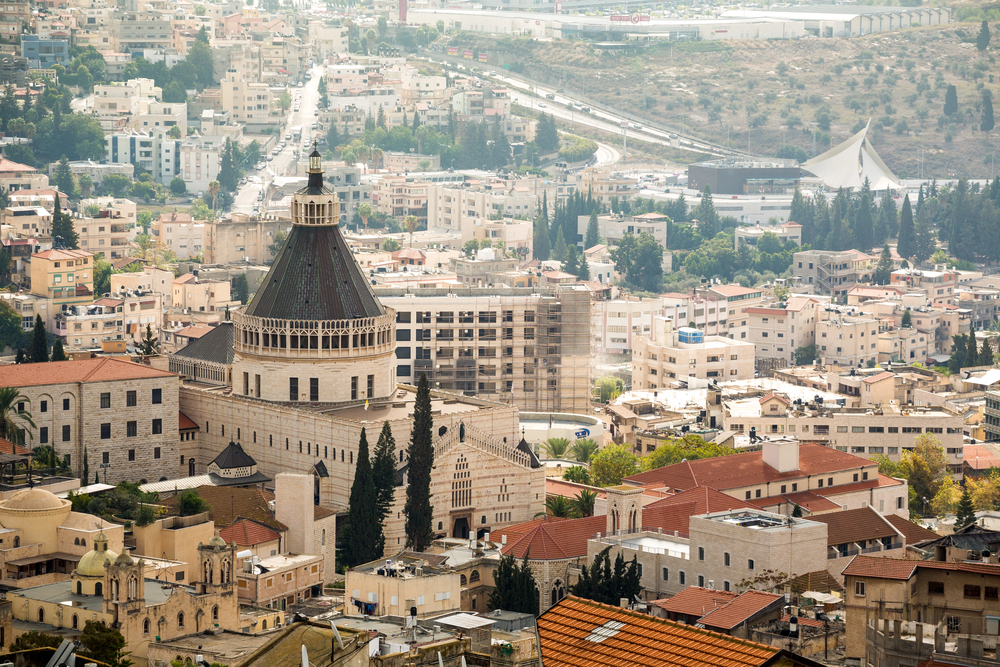
Famous for its giant waves in winter, this village shows a gentler face in summer. Elderly ladies still dry fish on nets spread along the beach, while a funicular connects the lower town to an old fortress with stunning ocean views.
Fishermen’s wives wear seven layers of colorful skirts, keeping alive a tradition that goes back centuries. The beachfront restaurants serve seafood stews that make you understand why Portuguese sailors missed home so much.
Like Travel Pug’s content? Follow us on MSN.
Vila Nova de Milfontes
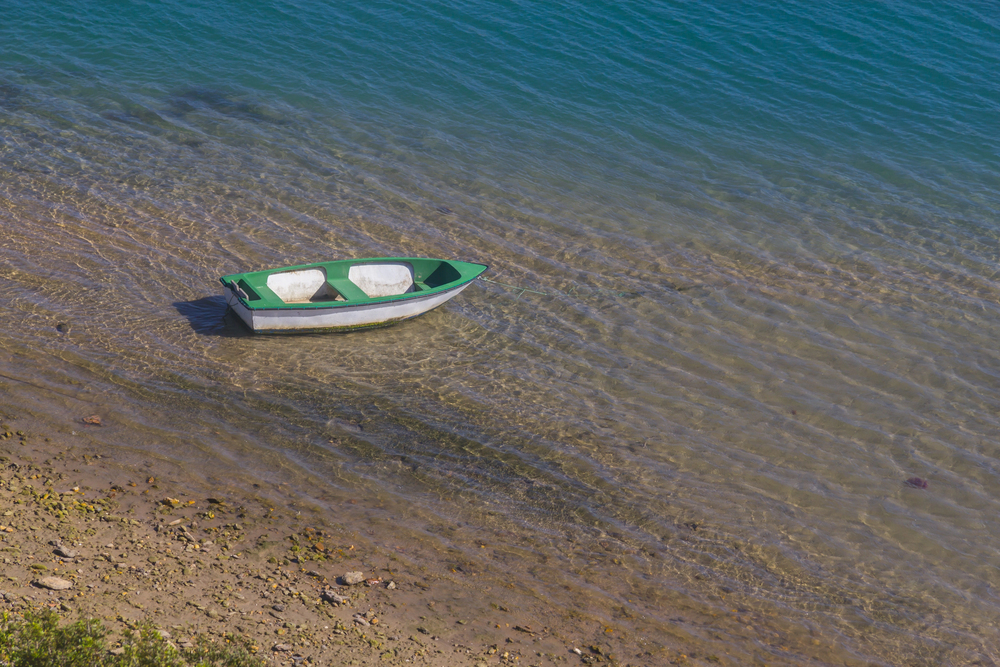
Built inside a natural fortress, this Alentejo gem balances perfectly between the river and the sea. White-washed houses with blue trim line streets barely wide enough for two people to pass.
The morning market fills with locals buying fresh bread and discussing the weather with the same fishermen who’ve worked these waters for decades. Sunset from the old fort walls shows you why painters keep trying to capture this coast.
Fuzeta
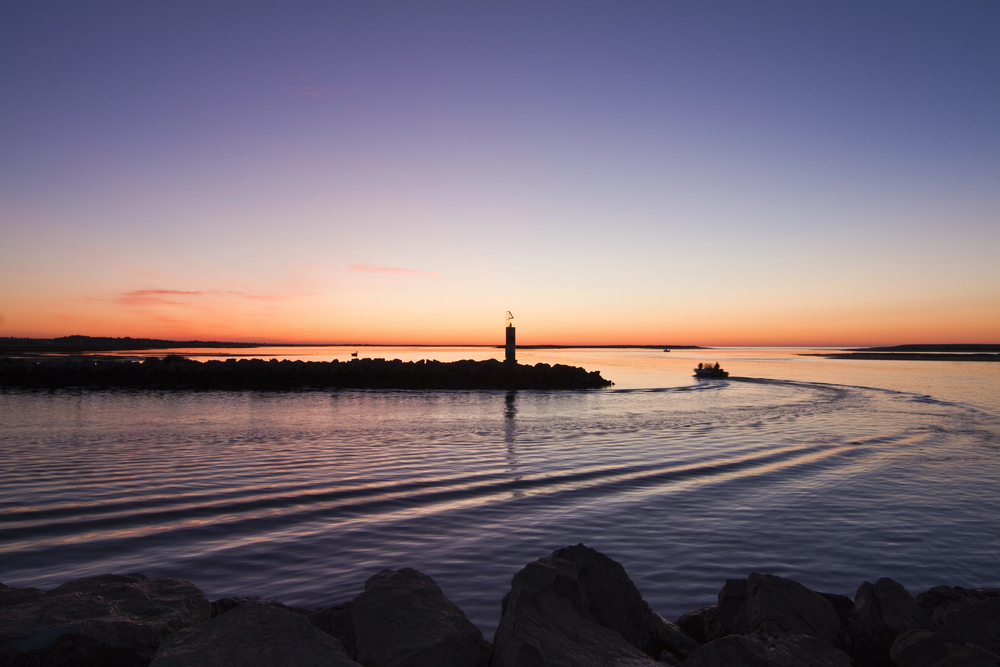
This tiny Algarve fishing village exists in a time bubble all its own. The train station sits right next to a lagoon where local fishermen tend to their boats like gardeners with precious flowers.
Older men play cards in the shade while their wives sort the day’s catch, and the village beach changes shape with each tide. The local taverna serves octopus so fresh it practically swam onto your plate.
Viana do Castelo
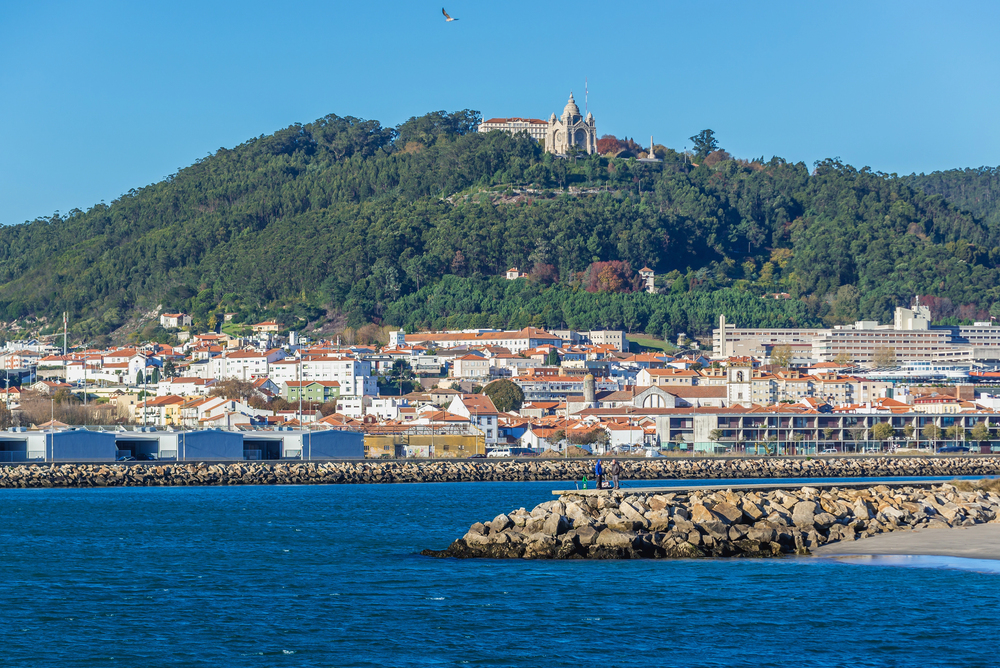
Northern Portugal shows its proud face in this historic port town. Gothic churches and Renaissance palaces tell stories of wealth from distant trading voyages. The morning fish auction sounds like a theatrical performance as buyers and sellers debate prices in singsong voices.
Local women still wear intricate gold jewelry that shows how their ancestors turned cod fishing profits into portable wealth.
Like Travel Pug’s content? Follow us on MSN.
Figueira da Foz
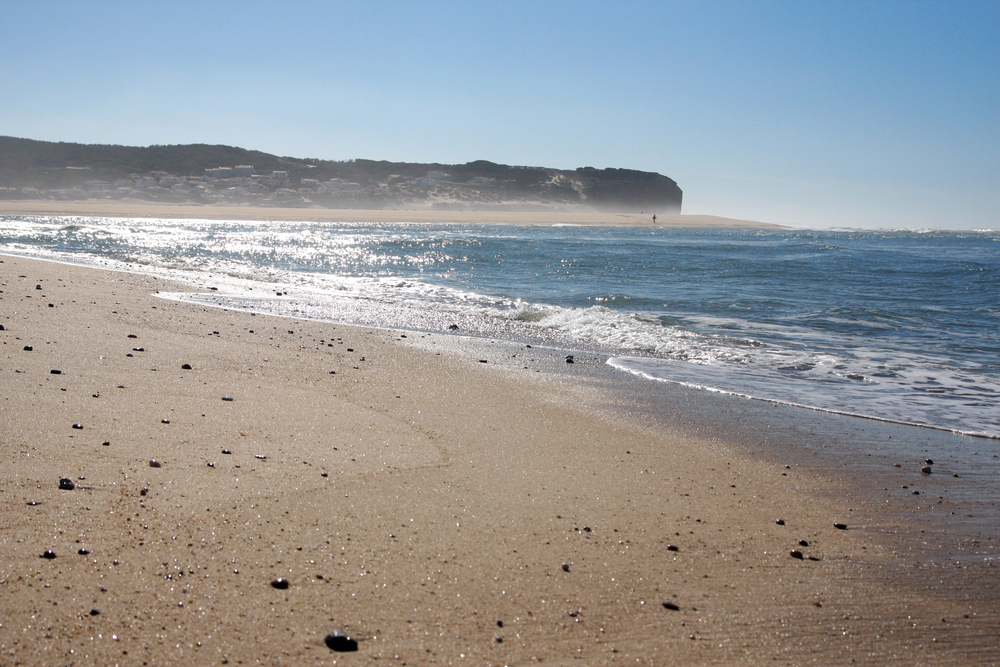
Known as the ‘Queen of Beaches,’ this elegant town boasts one of Europe’s widest sandy shores. Belle Époque casinos and grand hotels recall the days when Portuguese aristocrats came here to escape the summer heat.
The morning fish market creates a symphony of voices as vendors compete to sell the freshest catch. Local cafes serve pastries made from recipes handed down through generations of beach-loving bakers.
Ericeira
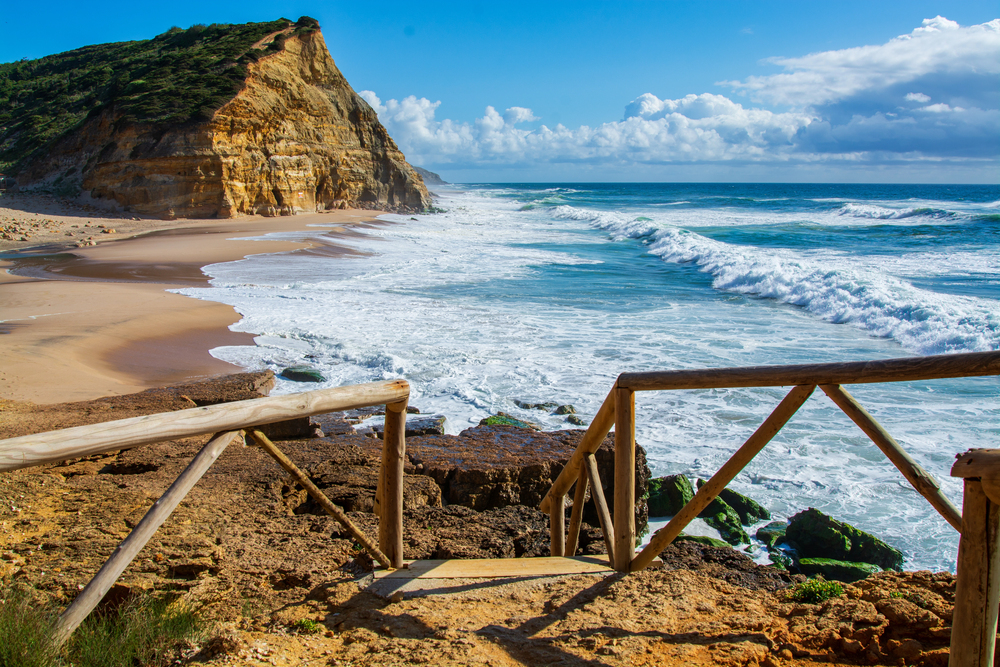
This surfer’s paradise manages to keep its fishing village soul despite its growing popularity. Blue and white tiles decorate houses that cling to cliffs above perfect waves. Morning visitors can watch fishermen mend their nets while surfers check the day’s conditions.
The village’s narrow streets hide family-run restaurants where grandmothers still cook the day’s catch.
Peniche
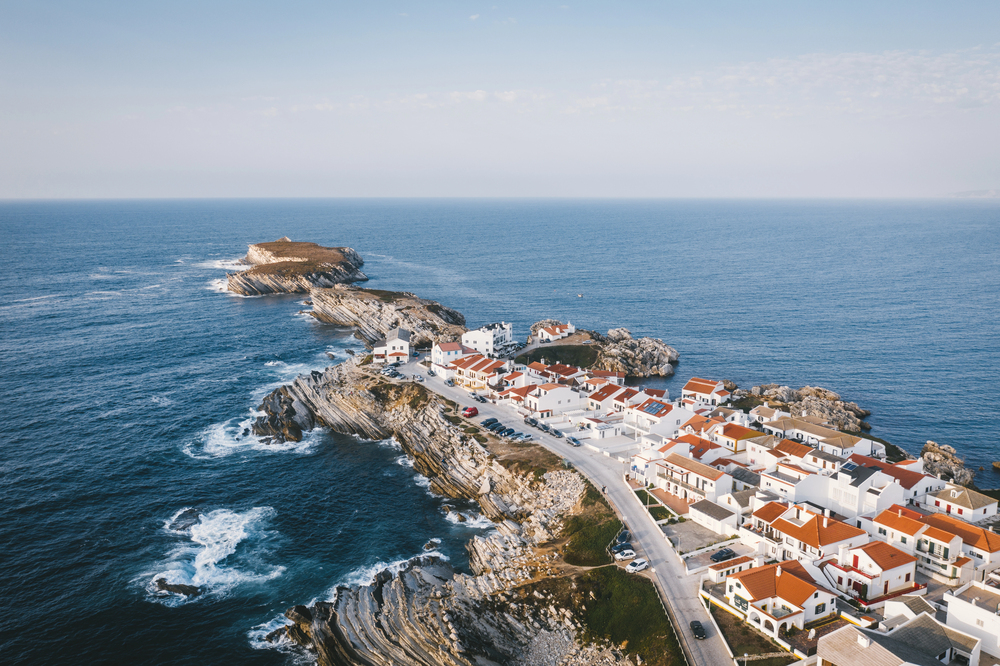
Peninsula-perched Peniche guards its fishing traditions like precious jewels. The fortress walls that once protected against pirates now frame perfect sunset photos.
Local women still make bobbin lace while waiting for boats to return, creating patterns that tell stories of the sea. Fresh seafood arrives at harbor restaurants so quickly that menus change by the hour.
Like Travel Pug’s content? Follow us on MSN.
Sesimbra
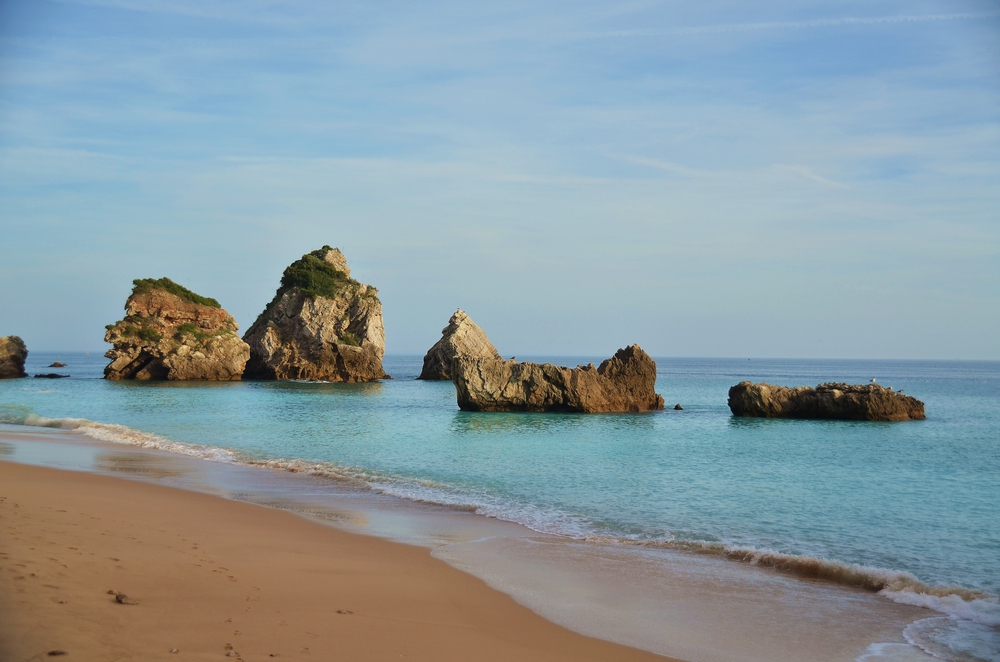
Nestled between mountains and sea, this village feels like it’s hiding from the modern world. Castle ruins watch over fishing boats that dot the harbor like colorful confetti.
The morning market fills with voices haggling over fresh fish prices in musical Portuguese. Local restaurants serve grilled fish with views that make you want to stay forever.
Tavira
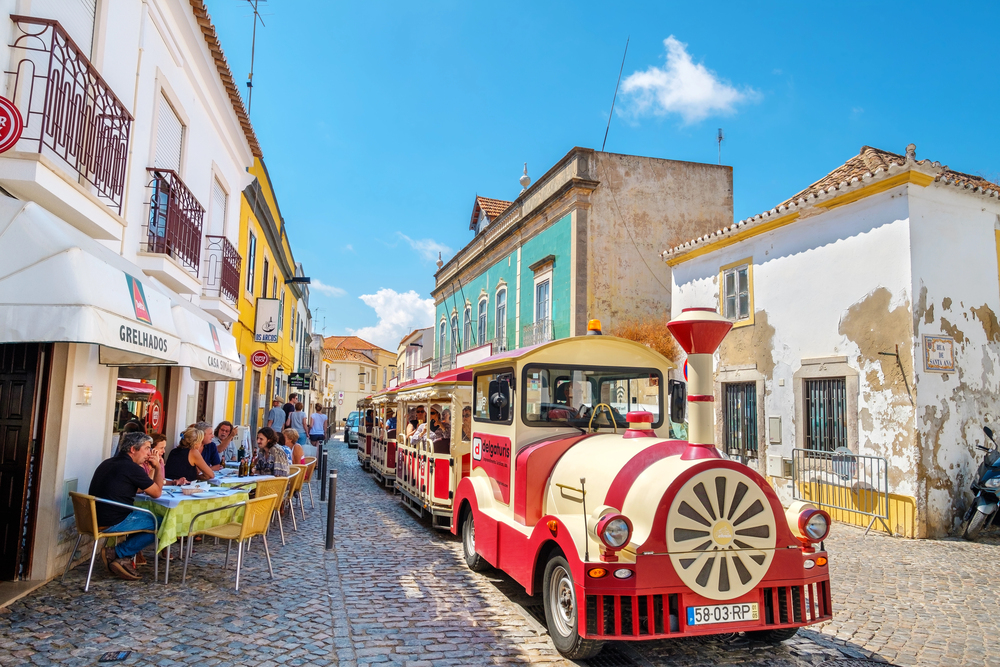
Roman bridges and Moorish towers show how many civilizations fell in love with this spot. The river running through town reflects church spires and palm trees like a living mirror.
Salt pans still produce ‘white gold’ the same way they did centuries ago. Evening brings locals to riverside cafes where time seems to slow down just for them.
Olhão
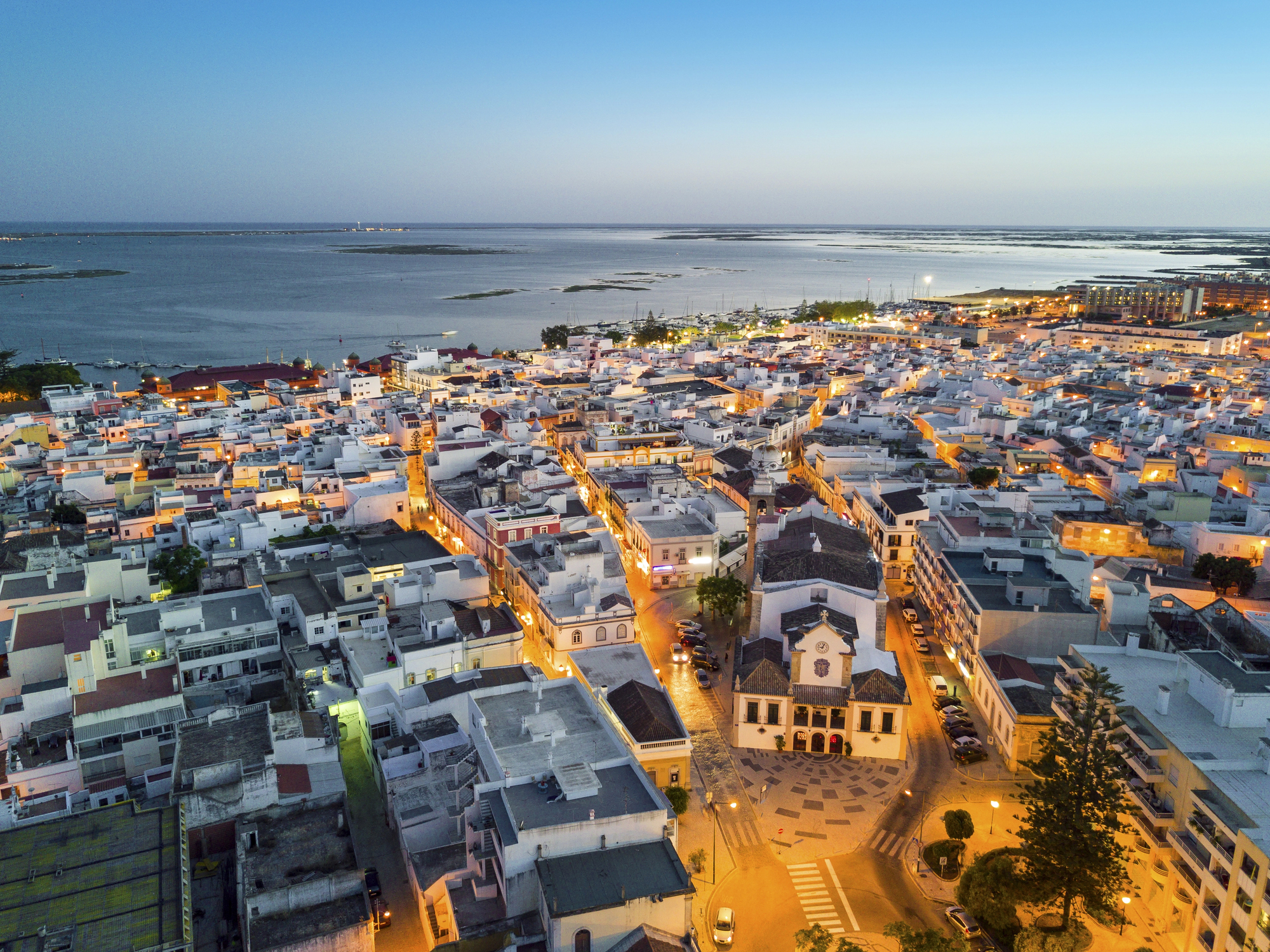
Cubic houses stacked like sugar cubes give this fishing port a distinctly North African feel. The morning market is the Algarve’s largest, filled with fishermen’s wives selling the night’s catch.
Narrow alleys in the old town hide family restaurants serving fish stews from secret recipes. The island beaches reached by local boats offer perfect afternoon escapes.
Like Travel Pug’s content? Follow us on MSN.
Vila do Conde

Shipbuilding heritage shows in the proud faces of locals who still work with wood and rope. A magnificent monastery watches over the harbor where fishing boats rest between ventures.
The lace-making school keeps alive traditions that once decorated royal houses across Europe. Local cafes serve cod dishes that would make any sailor homesick.
Setúbal
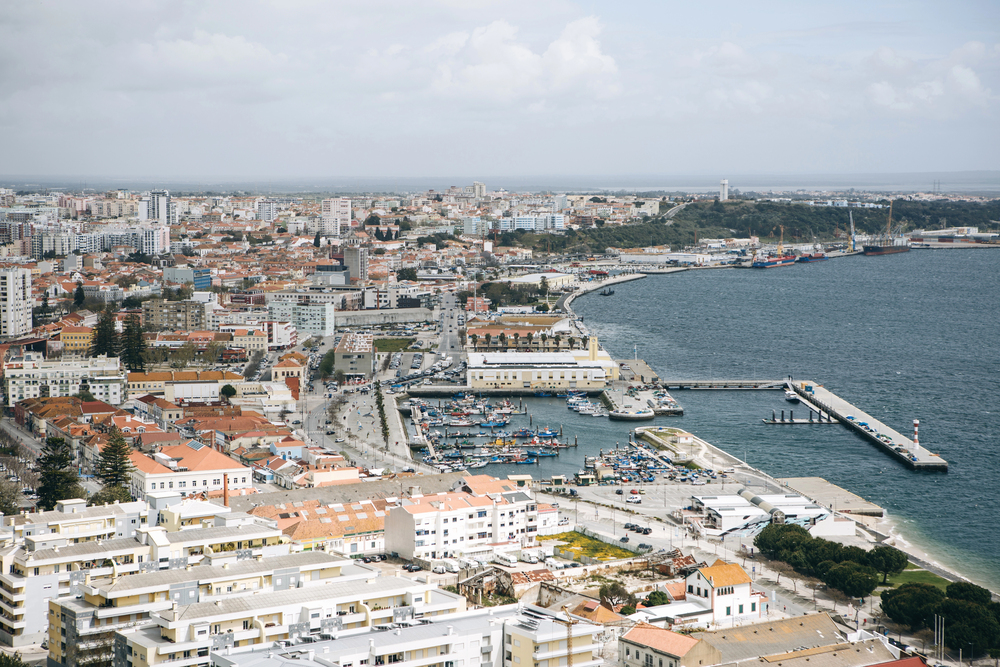
Dolphins play in the harbor while fishermen sort their catches at dawn. The Serra da Arrábida provides a dramatic green backdrop to the blue Atlantic waters.
Local markets overflow with fresh fish and the region’s famous muscatel wine. Traditional restaurants serve choco frito (fried cuttlefish) that draws visitors from miles around.
Sines
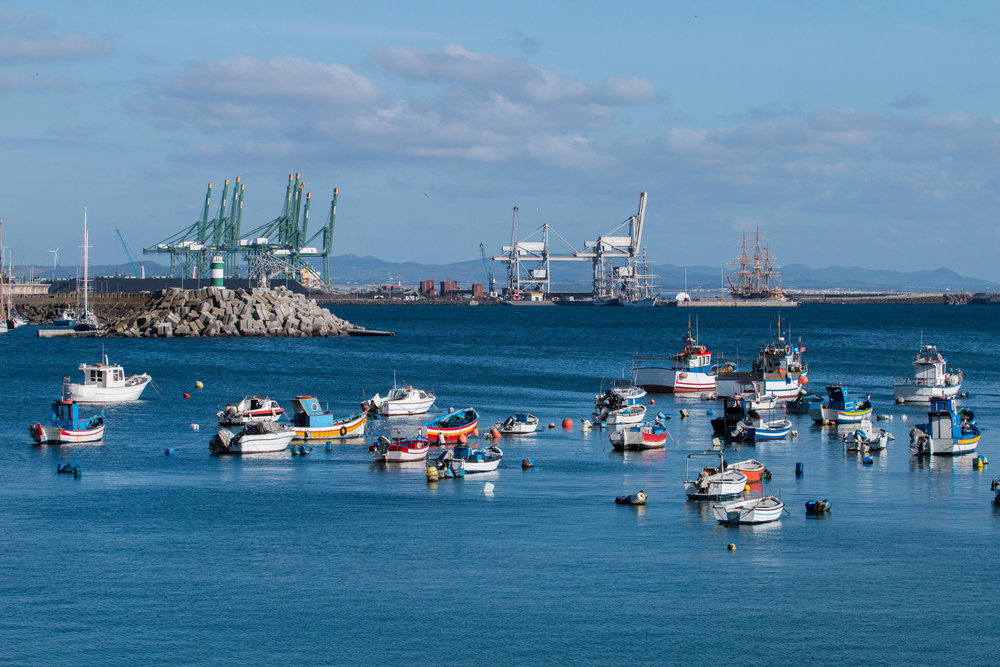
Vasco da Gama’s birthplace continues to look confidently toward the horizon. The medieval castle offers views that helped inspire Portugal’s greatest explorer.
Small fishing boats share the harbor with modern vessels, showing how the past meets the present. The local beaches remain surprisingly empty despite having some of Portugal’s cleanest waters.
Like Travel Pug’s content? Follow us on MSN.
Espinho
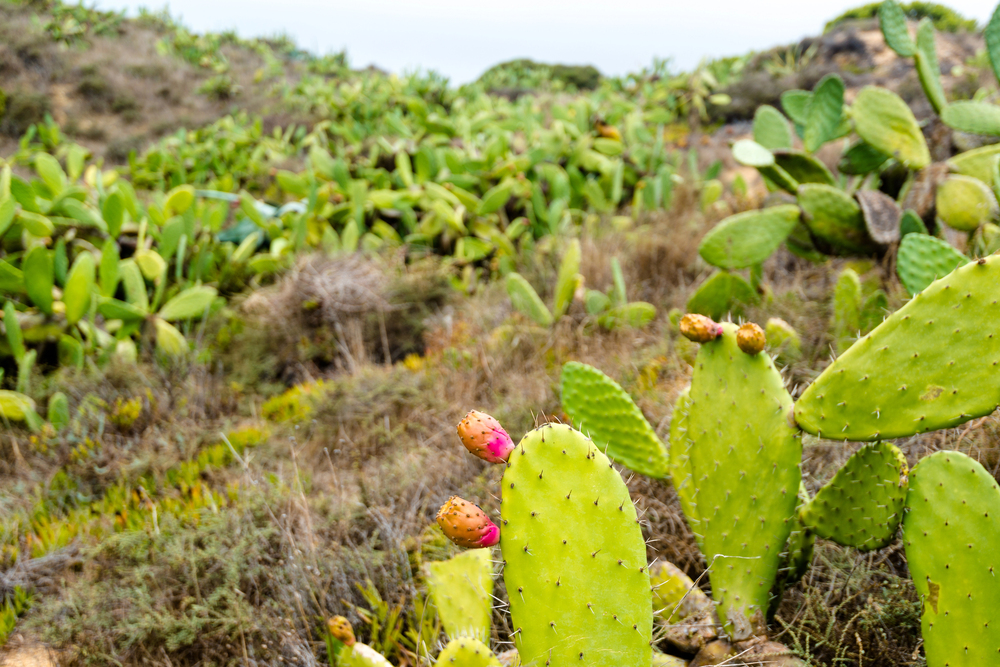
Traditional wooden fishing boats still launch directly from the beach each morning. The daily fish auction turns commerce into theater as buyers and sellers debate prices.
The town’s famous weekly market draws visitors from miles around for fresh produce and local crafts. Casino lights reflect in the Atlantic at night, creating a magical atmosphere.
Caminha
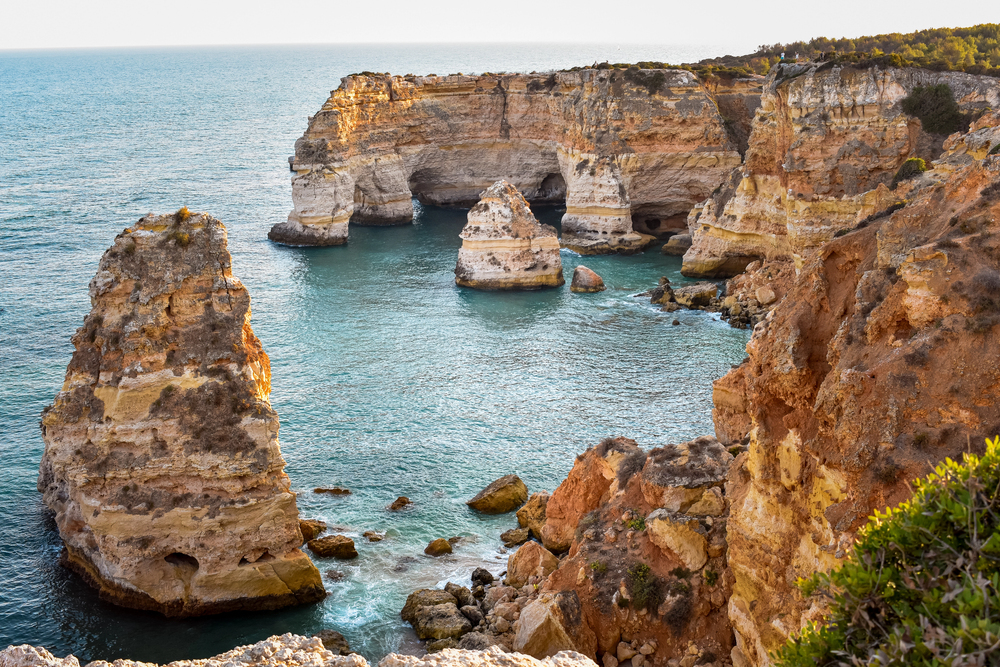
Sitting where the Minho River meets the Atlantic, this fortress town guards Portugal’s northern border. Ancient stone houses within the walls hide restaurants serving both Portuguese and Galician specialties.
The town beach offers views of both Spain and the wild Atlantic. Local festivals keep alive traditions that predate the country itself.
Costa Nova
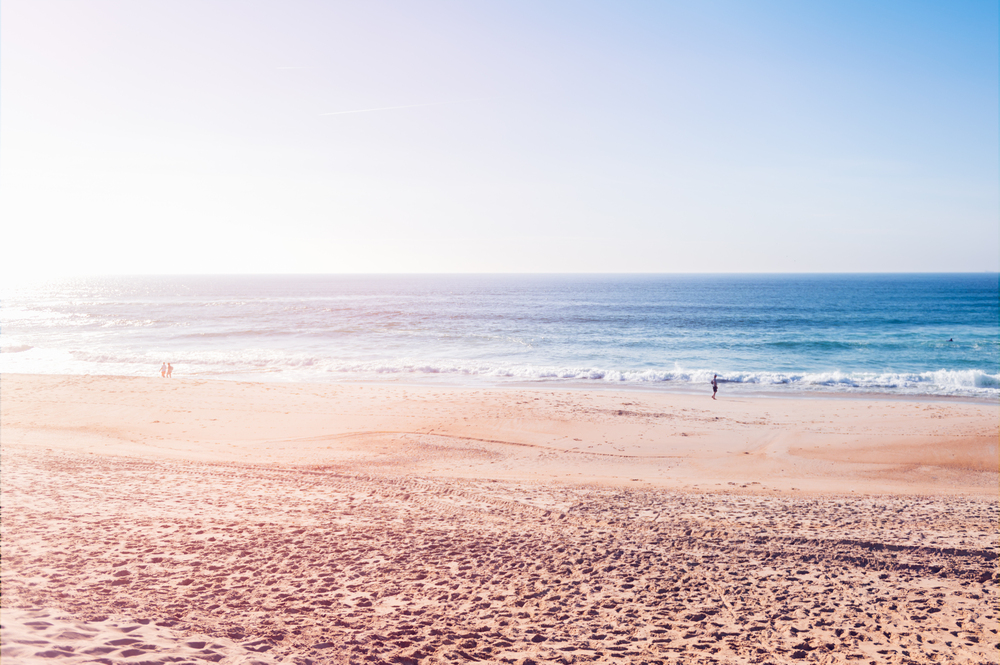
Striped houses line the lagoon like painted soldiers standing at attention. These traditional homes, painted in candy-cane stripes, were once used by fishermen to store equipment.
Fresh fish restaurants serve the day’s catch with views of both the lagoon and the ocean. The beach stretches endlessly, offering perfect sunset walks.
Like Travel Pug’s content? Follow us on MSN.
Afurada
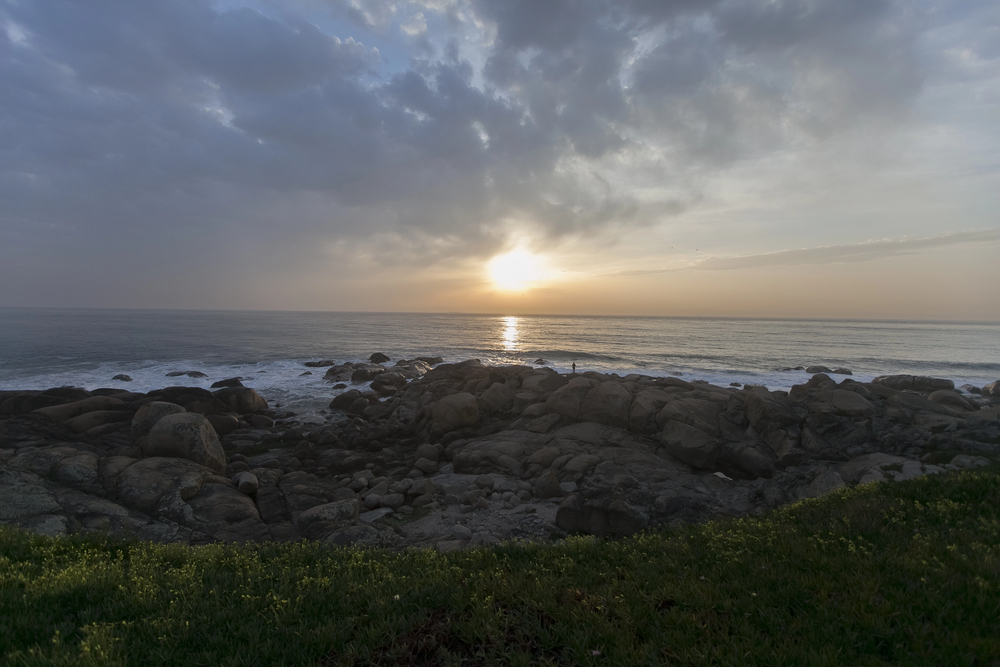
This working fishing village near Porto keeps traditions alive despite urban sprawl. Women still scrub laundry in public washhouses while sharing daily news. The smell of grilling fish fills narrow streets around lunchtime.
Local festivals honor São Pedro, the fishermen’s saint, with processions that haven’t changed in centuries.
Vila Praia de Âncora
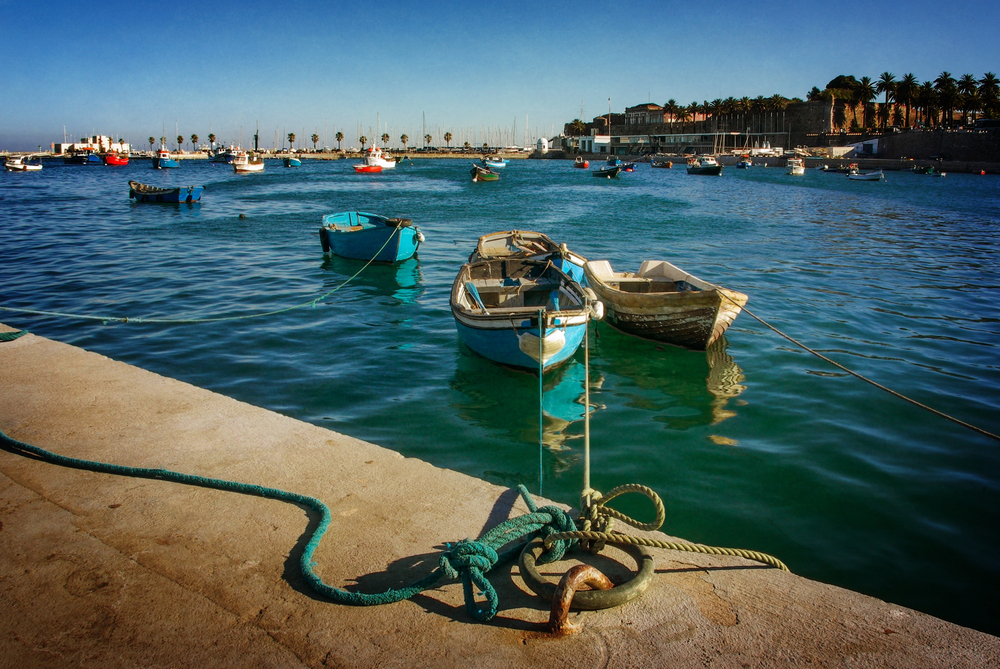
Mountain streams meet the Atlantic in this northern gem. Fishing boats painted in bright colors rest on the sandy beach between trips. The fortress provides perfect sunset viewing spots over the harbor.
Local restaurants serve fresh seafood at prices that make you wonder why more tourists haven’t discovered this place.
Carvoeiro
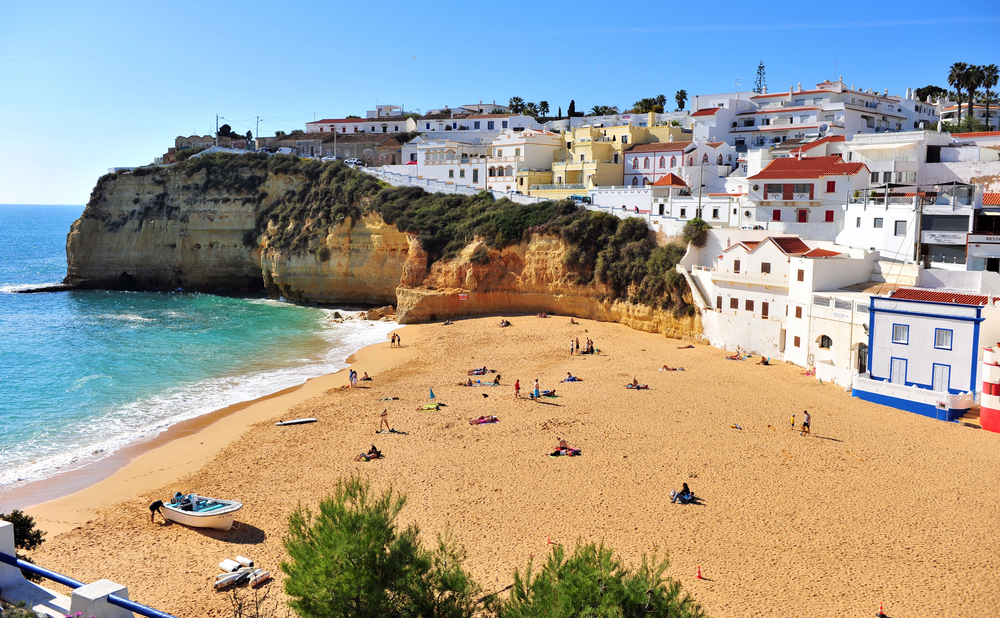
Fishermen’s cottages cling to cliffs carved by the Atlantic into fantastic shapes. The village beach nestles between rocky headlands like a natural amphitheater.
Local boat trips explore caves that pirates once used as hideouts. Evening brings locals to the square for music and grilled fish under the stars.
Like Travel Pug’s content? Follow us on MSN.
Making Tracks Through Time
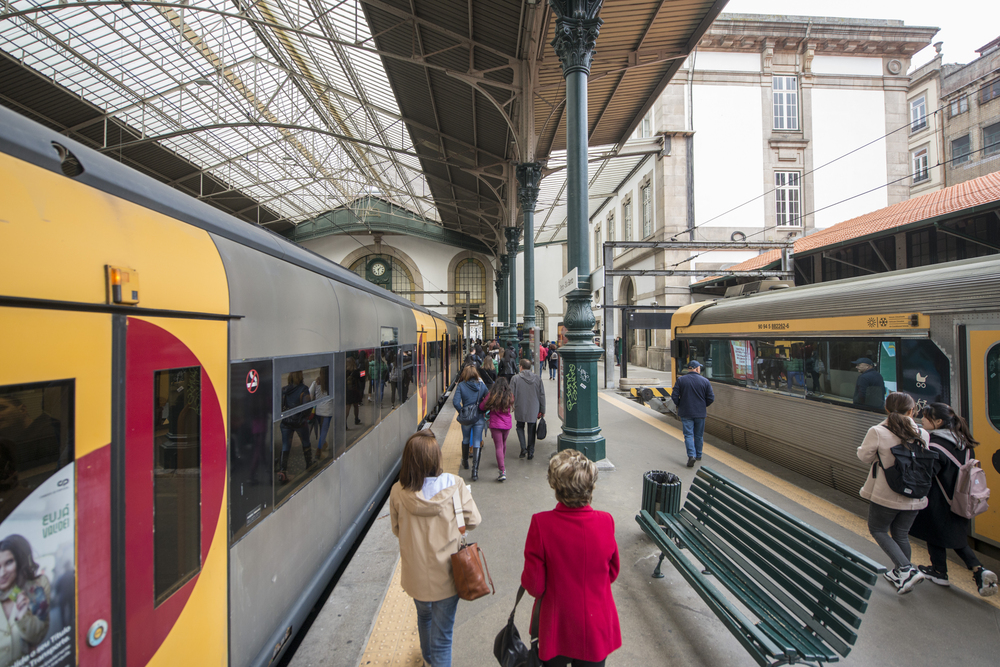
These coastal villages remind us that Portugal’s heart still beats strongest near the sea. Each stop along the railway offers a unique window into lives shaped by tides and traditions. Local hospitality turns strangers into friends faster than the train can reach the next station. These places prove that sometimes the best destinations are the ones between the spots marked in guidebooks.
The real magic of Portugal’s coastal train journey lies in the surprises between stations. Each village adds its chapter to the country’s maritime story, told through fresh seafood, ancient traditions, and warm welcomes. While modern life races by on the horizon, these places keep their own pace, measured by tides and fishing boats rather than clocks and schedules.
More from Travel Pug

- 15 Dangerous European Cities to Avoid
- 15 Caribbean Islands Where Tourists Keep Getting Scammed
- The 20 Most Fascinating Abandoned Places: A Journey Through Time and Forgotten Spaces
- 15 Hidden Places in the Smithsonian Museums Locals Love: A Guide to Lesser-Known Treasures
- 16 Hidden Florida Beach Towns That Aren’t Overrun with Tourists
Like Travel Pug’s content? Follow us on MSN.
